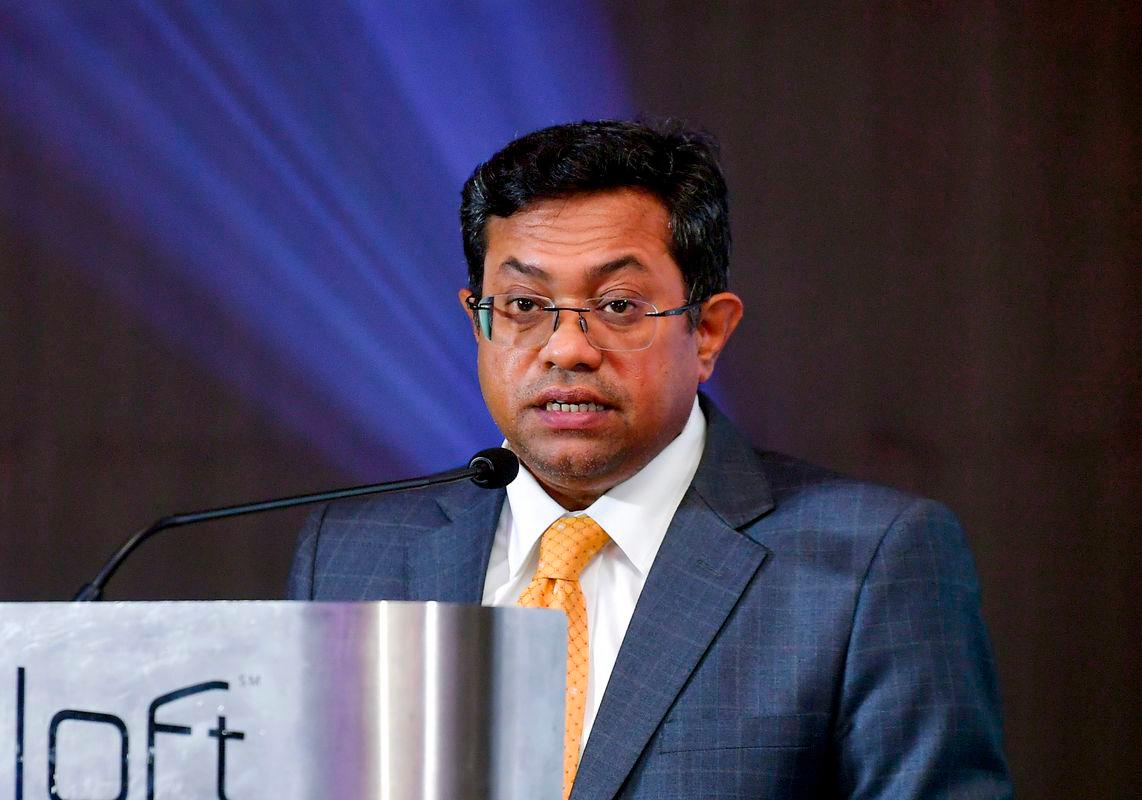KUALA LUMPUR: Malaysia is sharpening its focus on becoming a regional aerospace and shipbuilding hub, banking on high value investment, technical capability and geostrategic positioning to elevate its industrial profile over the next decade.
Datuk Sikh Shamsul Ibrahim Sikh Abdul Majid, chief executive officer of the Malaysian Investment Development Authority (MIDA), said the country is well positioned to serve as a competitive ASEAN aerospace base, driven by its strength in engineering, maintenance services and systems integration.
“At MIDA, our strategy hinges on high-quality investments, fostering local global partnerships and advancing key enablers such as industrial digitalisation and sustainability,” he said in an interview with Bernama.
To date, Malaysia’s aerospace sector has secured RM26 billion in approved investments, with more than 18,000 jobs generated, affirming the nation’s growing significance in the regional aerospace value chain.
In 2024 and the first quarter of 2025, the sector attracted RM1.5 billion spproved investments, of which 71.3 per cent was from foreign sources, with the remainder driven by domestic capital.
These projects are expected to create more than 550 skilled jobs, primarily in aerospace manufacturing and maintenance, repair, and overhaul (MRO) services, particularly among Tier 1 and Tier 2 suppliers.
Malaysia already hosts Boeing’s only wholly owned manufacturing facility in Southeast Asia, Boeing Composites Malaysia (BCM), which produces composite parts for all Boeing commercial aircraft.
President of Boeing Southeast Asia, Penny Burtt regards Malaysia as a valued partner across Boeing’s commercial aviation, defence and services businesses.
She said Boeing’s efforts in Malaysia include advancing aviation safety, supporting sustainability initiatives, strengthening the supply chain, engaging the community and nurturing the aerospace workforce of the future.
“Boeing’s 78-year presence in Malaysia is a testimony to our longstanding commitment to the country and the broader Southeast Asia region. BCM in Kedah, Boeing’s first wholly owned manufacturing facility in Southeast Asia, taps the country’s growing capabilities and talented workforce.
“Today, with all-Malaysian employees, BCM supplies composite products and subassemblies for all Boeing commercial airplanes,” she said.
Strategic Shift to Maritime
While aerospace remains the headline, Sikh Shamsul said Malaysia’s ambitions extend offshore, while pointing to the shipbuilding and ship repair (SBSR) sector as an emerging pillar, underpinned by targeted investment and sustainability mandates.
“Malaysia should always remain vigilant of rising competition from lower cost yards in neighbouring economies such as Vietnam and Indonesia,” he said, adding that cost competitiveness alone will not secure the country’s long-term standing.
Instead, he said, Malaysia should start focusing on reducing reliance on foreign automation tools, by approaching local robotic manufacturing in Malaysia that could build a whole new automated system integration to improve productivity in the SBSR manufacturing landscape.
Muhibbah Engineering (M) Bhd group managing director Mac Ngan Boon said Malaysia’s geography gives the company a natural edge - over 4,600 kilometres of coastline and the domestic needs for various vessel and strategies.
“Innovation is central to our operations. We have adopted advanced technologies such as computer numerical control (CNC) laser cutting, virtual ship prototyping, and real-time simulations. These tools improve design precision, reduce production costs and enhance overall efficiency.
“We are also taking proactive steps towards sustainability, including exploring green vessel designs powered by solar and electric energy. These initiatives reflect our long-term commitment to building vessels that meet both market and environmental demands,” he said.
Looking ahead, he said the group’s upcoming Kuantan Maritime Hub will be a game-changer — featuring a larger shipyard, defence and training facilities, as well as maritime partners and vendors.
“This is part of our long-term strategy to strengthen the maritime ecosystem and position Malaysia as a future leader in the sector.
“We also aspire for Malaysia to place strong emphasis on developing the entire maritime industry — from establishing dedicated maritime institutes to cultivating the necessary talent and building a robust vendor and supply chain network” he said.
Flagship Maritime Developments Taking Shape
Malaysia is developing flagship projects such as Lumut Maritime Industrial City, Kuala Linggi International Port and Kuantan Maritime Hub to transition its maritime sector from traditional shipbuilding to advanced technologically integrated manufacturing and logistics, aiming to boost competitiveness, create jobs and foster sustainable practices.
To date, MIDA has approved RM1 billion in investments for the SBSR sector. In the first quarter of 2025, the sector attracted an additional RM574.8 million, signalling sustained investor confidence.
Industry growth has been driven largely by demand in the leisure and security vessel segments, with Malaysian yards now producing high specification yachts and defence-related boats. Exports have reached markets as diverse as Australia, Europe, Nigeria and Brazil.
Charting a Dual-Engine Future
With its twin ambitions in aerospace and maritime manufacturing, Malaysia is signalling a shift from cost-driven industrialisation to value-based engineering and strategic export leadership.
As global supply chains recalibrate in response to geopolitical shocks and regional fragmentation, Malaysia must reframe its role as a high-trust systems integrator. This means anchoring local firms in design, integration, and value-added services — particularly for MRO, naval systems and advanced composite manufacturing.
On the aerospace front, the country must accelerate its ambition to build sovereign capabilities in composite structures, avionics and sustainable aviation technologies.
This requires stronger integration between SMEs and OEMs, not just as contract manufacturers but as co-development and IP-owning partners.
Malaysia’s strategy for these industries must adapt to global geopolitical changes, including; reconfiguring trade alliances, the emergence of dual-use technologies, and the trend of nearshoring, to define its desired strategic autonomy.









